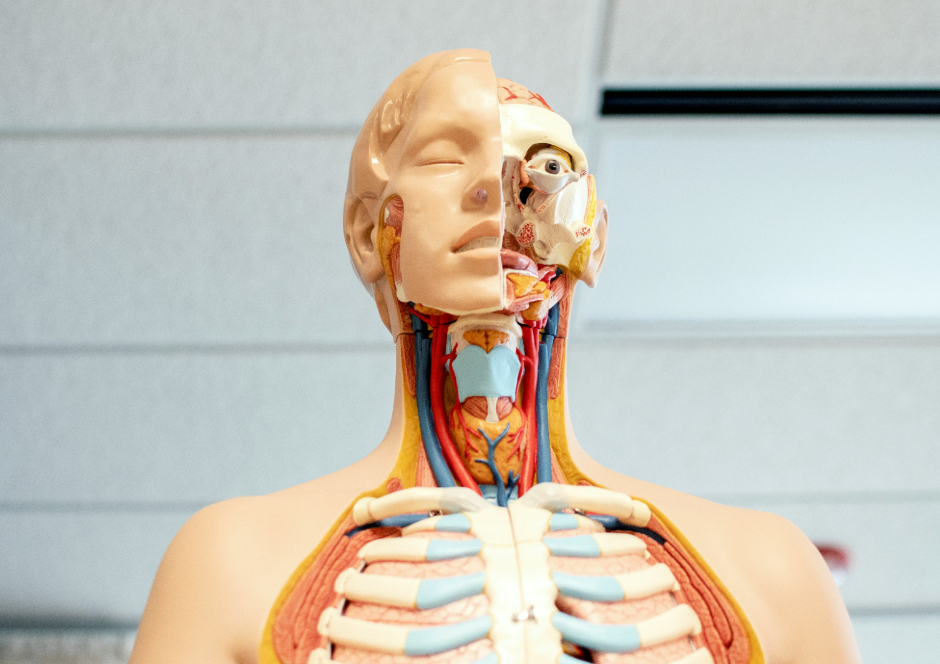Primary hyperparathyroidism is caused by a problem within the parathyroid gland itself, often a benign tumor, leading to excessive parathyroid hormone (PTH) production and high calcium levels. Secondary hyperparathyroidism, on the other hand, occurs due to an underlying condition (like kidney disease or vitamin D deficiency) that causes low calcium levels, prompting the parathyroid glands to overcompensate by producing more PTH.
Parathyroid hormone (PTH) is produced by the parathyroid glands. These are four small, pea-sized glands located in the neck, behind the thyroid gland. The parathyroid glands detect changes in blood calcium levels and release PTH to increase calcium levels.�
Primary Hyperparathyroidism:
- Cause: A problem within the parathyroid gland itself, usually a benign tumor, causing it to overproduce parathyroid hormone (PTH).
- PTH Levels: Elevated.
- Calcium Levels: Elevated (hypercalcemia).
- Phosphate Levels: Low.
- Vitamin D Levels: May be low.�
Secondary Hyperparathyroidism:
- Cause: A condition outside the parathyroid gland that leads to low calcium levels, such as chronic kidney disease (which impairs the kidneys’ ability to activate vitamin D and excrete phosphate) or vitamin D deficiency.�
- PTH Levels: Elevated (the parathyroid glands are responding to low calcium levels).�
- Calcium Levels: Normal or low (hypocalcemia).�
- Phosphate Levels: High.�
- Vitamin D Levels: Low.�
Here’s a more detailed comparison:
Primary Hyperparathyroidism:
- Cause:A problem within the parathyroid gland itself, such as a benign tumor (adenoma) or hyperplasia (enlargement) of the glands.�
- Mechanism:The parathyroid gland produces too much PTH, leading to elevated calcium levels in the blood.�
- Symptoms:Can include fatigue, muscle weakness, bone pain, kidney stones, and gastrointestinal problems.�
- Treatment:Surgical removal of the overactive parathyroid gland(s) is the most common and effective treatment.�
- Diagnosis:Blood tests to measure PTH and calcium levels are used to diagnose primary hyperparathyroidism.�
Secondary Hyperparathyroidism:
- Cause:An underlying condition that leads to low calcium levels, such as chronic kidney disease, vitamin D deficiency, or malabsorption of calcium.�
- Mechanism:The body tries to compensate for low calcium levels by increasing PTH production, leading to high PTH levels.�
- Symptoms:Symptoms are often related to the underlying cause, such as kidney disease or vitamin D deficiency.�
- Treatment:Treatment focuses on addressing the underlying cause of low calcium levels, such as kidney disease or vitamin D deficiency.�
- Diagnosis:Blood tests to measure calcium, vitamin D, and PTH levels, as well as kidney function tests, are used to diagnose secondary hyperparathyroidism.�
The primary hormone that directly affects parathyroid hormone (PTH) production and release is calcium, which acts as a negative feedback loop, with low calcium levels stimulating PTH release and high levels inhibiting it.
Here’s a more detailed explanation:
- Calcium’s Role:The parathyroid glands are highly sensitive to changes in blood calcium levels.�
- Negative Feedback Loop:
- Low Calcium: When calcium levels in the blood drop, the parathyroid glands are signaled to release PTH.�
- High Calcium: Conversely, when calcium levels are high, the parathyroid glands are instructed to reduce or stop PTH release.�
- Other Hormones and Factors:While calcium is the primary regulator, other hormones and factors like vitamin D and phosphate levels also play a role in PTH regulation.�
- Mechanism:The chief cells of the parathyroid gland, which produce PTH, have a calcium-sensing receptor (CaSR) on their surface. This receptor detects changes in blood calcium levels and triggers the release of PTH.�
- Vitamin D:Vitamin D, particularly its active form (calcitriol), also influences PTH synthesis and release by increasing the expression of CaSR.�
- Phosphate:Phosphorus levels can also indirectly affect PTH synthesis and release.�
- Calcitonin:Calcitonin, a hormone produced by the thyroid gland, opposes the actions of PTH and helps to regulate blood calcium levels.�


Leave a Reply